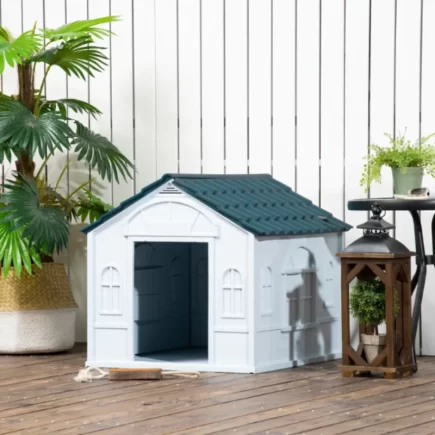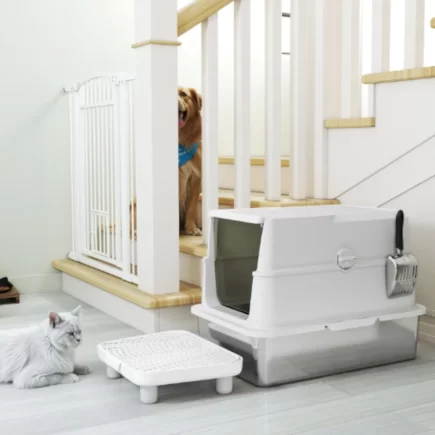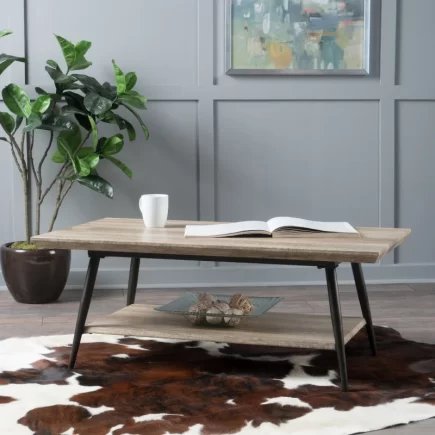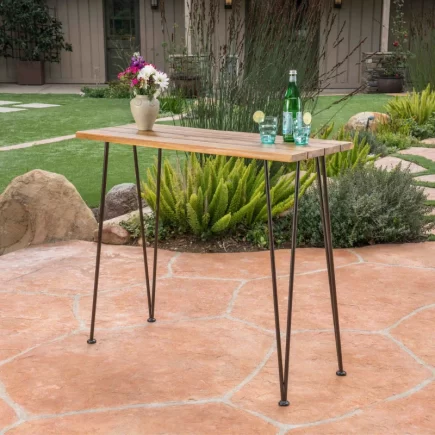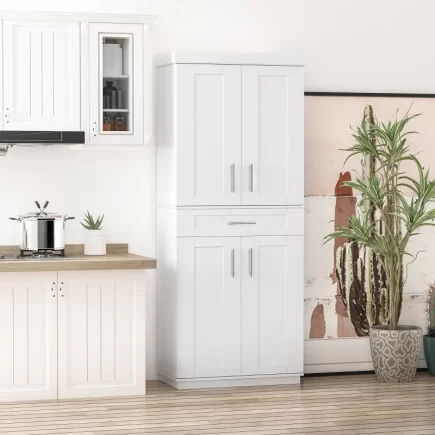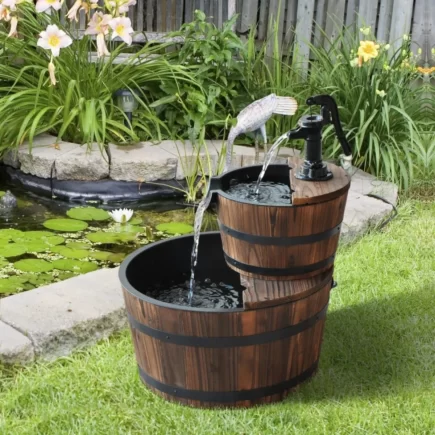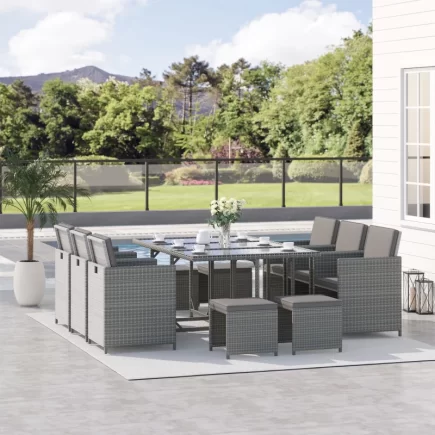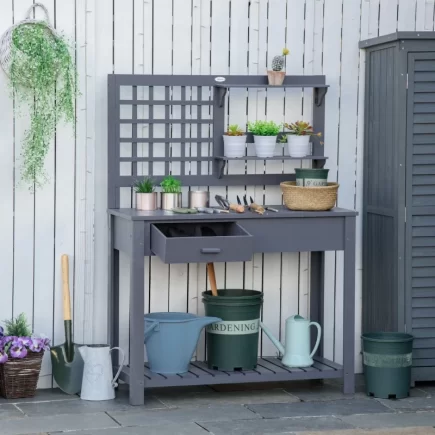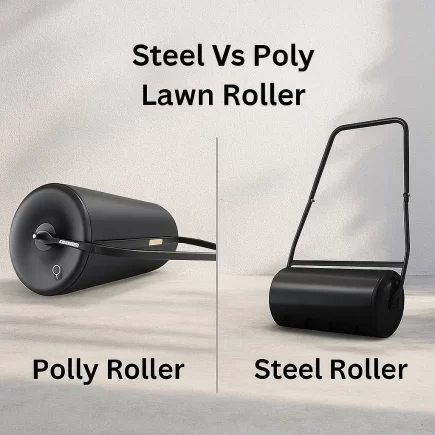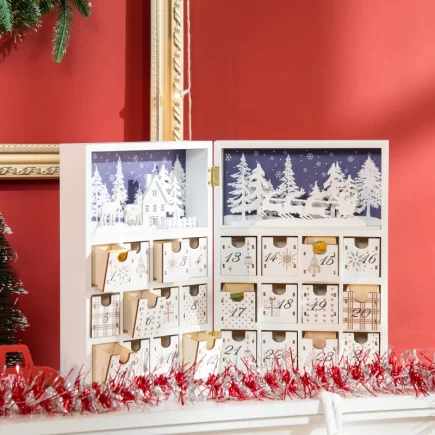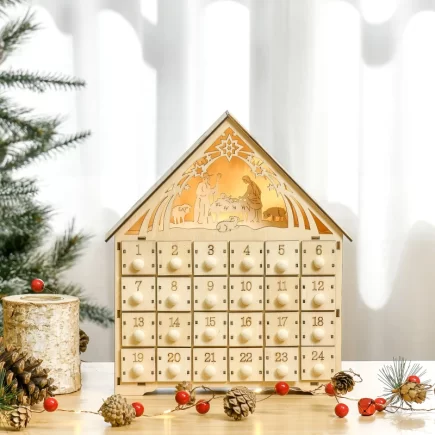When it comes to outdoor adventures, gardening, or hauling gear, a pull cart offers both convenience and functionality. But what makes the best pull cart? If you’re planning to build one yourself, understanding each component’s materials, design, assembly, and functionality is critical. In this article, we’ll walk through everything you need to know, from fabric selection to wheel attachment, including tips, comparisons, and budgeting.

Detailed Step-by-Step Guide to Building a Pull Cart at Home
Step 1: Gather Tools and Materials
| Category | Tool |
| Frame Assembly | MIG Welder, Metal Saw, Pliers |
| Fabric Handling | Scissors/Fabric Shears, Rotary Cutter, Sewing Machine |
| Wheel Attachment | Wrench and Socket Set, Drill |
| General Assembly | Screwdriver, Hammer and Level |
| Safety Gear | Gloves, Welding Helmet, Safety Goggles |

Step 2: Design Your Cart and Measure the Components
The first step in any DIY project is designing and planning. Choose the design based on your specific needs. Consider the following:
Purpose
Is the cart for hauling beach gear, gardening supplies, or camping equipment? Choose a design that fits the weight and size of your intended use.
Dimensions and Load Capacity
Based on your purpose, here are some standard dimensions and weight capacities:
- Beach Gear: 35″ L x 18″ W x 20″ H, 120 lbs capacity
- Gardening Supplies: 30″ L x 20″ W x 22″ H, 150 lbs capacity
- Camping/Utility: 40″ L x 22″ W x 25″ H, 200 lbs capacity
Make sure to write down the exact measurements to guide the cutting process later.
Step 3: Cut and Prepare the Steel Frame
The steel frame is the most crucial part of the cart. Here’s how to build it:
Measure and Cut the Steel Tubes:
- Using the measurements from Step 2, mark the steel tubes with a permanent marker.
- Cut the steel tubes carefully with a metal saw according to the dimensions you need. For safety, ensure the steel is clamped securely while cutting.
Weld the Frame:
- After cutting the steel tubes, lay the pieces out in a rectangular or square shape (depending on your design).
- MIG welding is the best method for this type of project, as it creates strong, clean joints.
- Weld the corners first, then the middle crossbars. Ensure the welds are secure and that the frame is perfectly square.
Add Cross-Bracing for Extra Stability:
- Install cross-bracing along the length of the cart’s frame. This extra support will prevent the cart from bending under heavy weight.
- You can use smaller steel tubes to create diagonal bracing between the base and sides of the frame.

Step 4: Install the Wheels
Select the Right Wheels:
Based on your intended use, pick the appropriate wheel type:
- Pneumatic Wheels: Best for rough terrain like sand, grass, or gravel (10–12 inches).
- Solid Rubber Wheels: Ideal for pavement or indoor use (8–10 inches)
- Plastic Wheels: Good for light use, typically 6–8 inches in diameter.
Install the Axle and Wheel Brackets:
- Weld metal brackets to the frame where you want to attach the wheels. Ensure they are level and aligned properly.
- Drill holes for the axle, making sure they’re centered and straight.
Attach the Wheels:
- Place the wheels on the axle and secure them with lock nuts to prevent wobbling.
- If you’re attaching a front axle, make sure it’s pivotable for steering.

Step 5: Assemble the Pull Handle
The pull handle is what will allow you to maneuver the cart easily. Here’s how to attach it:
Cut the Handle Tube:
Cut a steel tube to the desired length for the pull handle.
Attach the Handle to the Frame:
Weld one end of the tube securely to the front of the frame. Ensure it’s attached firmly so it won’t come loose while you’re pulling the cart.

Step 6: Smooth and Prepare the Frame for Painting
Once your frame is welded together, it’s time to smooth it out before painting.
File and Sand the Edges:
Use a file or sanding block to smooth out any sharp edges or burrs left from cutting or welding. This will prevent cuts and make the frame more comfortable to handle.
Clean the Surface:
Remove any dust, dirt, or oil from the steel frame using a cloth or a cleaning solution. This is essential to ensure the paint adheres properly.
Step 7: Painting the Steel Frame
Painting the frame is an important step to enhance the cart’s appearance and provide rust protection. Here’s how to do it:
Choose the Right Paint:
Select a rust-resistant enamel spray paint. It’s best to choose a paint specifically made for metal surfaces to ensure durability and longevity.
Prepare the Area:
Lay down a drop cloth or newspaper in a well-ventilated area. If you’re using spray paint, make sure you’re outdoors or in a well-ventilated space to avoid inhaling fumes.
Apply the First Coat:
Hold the spray can about 6–8 inches from the frame and apply a light, even coat. Be sure to coat all visible areas, including corners and edges. Allow the first coat to dry for at least 1–2 hours.
Apply a Second Coat:
Once the first coat is dry, apply a second layer of paint for full coverage. Allow the paint to dry completely before moving to the next step.

Step 8: Prepare and Attach the Oxford Fabric
Now it’s time to cut and sew the fabric. This is an important step because it defines the overall structure of the cart.
Cut the Fabric:
Using your measurements, carefully cut the Oxford fabric into the required pieces for the sides and bottom of the cart. Use fabric shears or a rotary cutter for clean edges.
Sew the Pieces Together:
- Using a heavy-duty sewing machine, sew the pieces of fabric together. Double-stitch or box-stitch the seams for added strength, as these areas will bear the load.
- For the corners, you can reinforce them with extra fabric patches to prevent wear and tear.
Attach the Fabric to the Frame:
To attach the fabric to the frame, begin by aligning the edges of the fabric with the perimeter of the frame. Make sure that the fabric is taut and evenly stretched across the entire surface. Once all sides are firmly in place, check for any adjustments that may be needed for an even and smooth fit.

Step 9: Test the Cart and Final Adjustments
Once everything is assembled, it’s time to give your cart a test run:
Check the Cart’s Stability:
Push the cart on different surfaces to test its stability and ensure the wheels roll smoothly.
Inspect for Adjustments:
Tighten any loose screws or bolts, especially around the wheels or handle.
Step 10: Maintenance and Care
A little care goes a long way in maintaining your cart.
- Apply Anti-Rust Spray: Every 6 months, apply a rust-resistant spray to the steel frame to prevent corrosion.
- Clean the Fabric: Clean the Oxford fabric with mild soap and water. Allow it to air dry thoroughly.
- Wheel Maintenance: Oil the bearings on the wheels monthly and tighten any loose bolts or nuts.
Building a Pull Cart That Fits Your Lifestyle
Building your own Pull Cart at home is a rewarding and practical project that allows you to customize a cart tailored to your specific needs. By following these detailed steps, from gathering the right tools and materials to assembling the frame, sewing the fabric, and attaching the wheels, you’ll create a functional and durable cart that will serve you for years to come.
FAQs
1. What should I do if my pull cart’s wheels keep getting stuck?
If your pull cart wheels keep getting stuck, check for debris buildup and clean them regularly. Make sure the wheels are the right size for the terrain and consider switching to pneumatic wheels for smoother movement over uneven surfaces.
2. What’s the best way to prevent my steel frame from rusting?
To prevent rust, apply an anti-rust spray to the steel frame every six months. Storing your cart indoors or using a waterproof cover when not in use can also help protect the frame from moisture.
3. How do I ensure my pull cart can carry heavy loads without breaking?
To support heavy loads, reinforce the frame with additional cross-bracing or use a double-layer steel tube for added strength. A sturdy, well-welded frame will also ensure the cart can carry more weight without flexing or failing.
4. Can I use a pull cart on all terrains?
Not all pull carts are suitable for all terrains. Pneumatic wheels work best for grass, sand, or gravel, while solid rubber wheels are better for paved surfaces. Choose your wheels based on the terrain you plan to use the cart on most.

